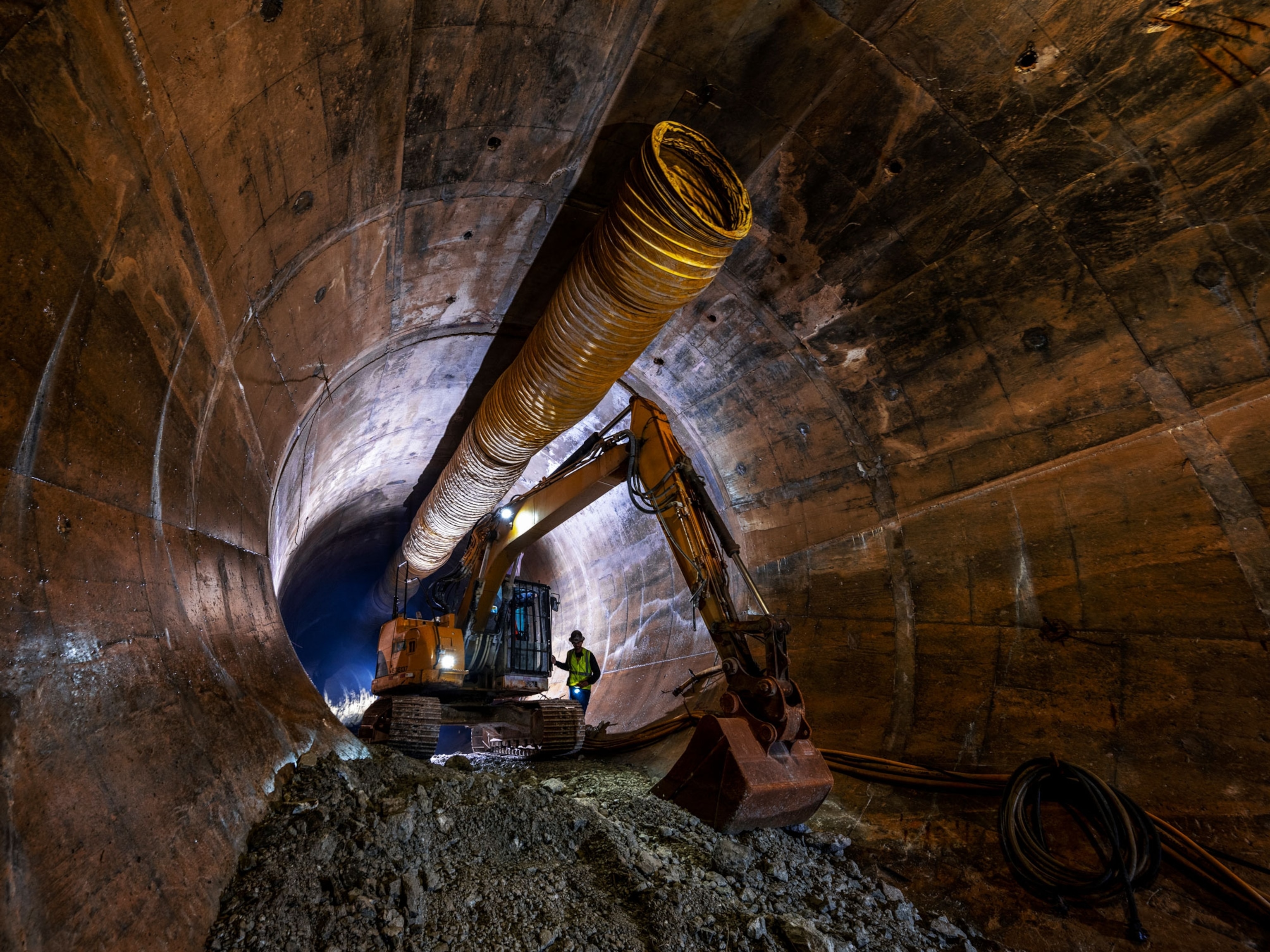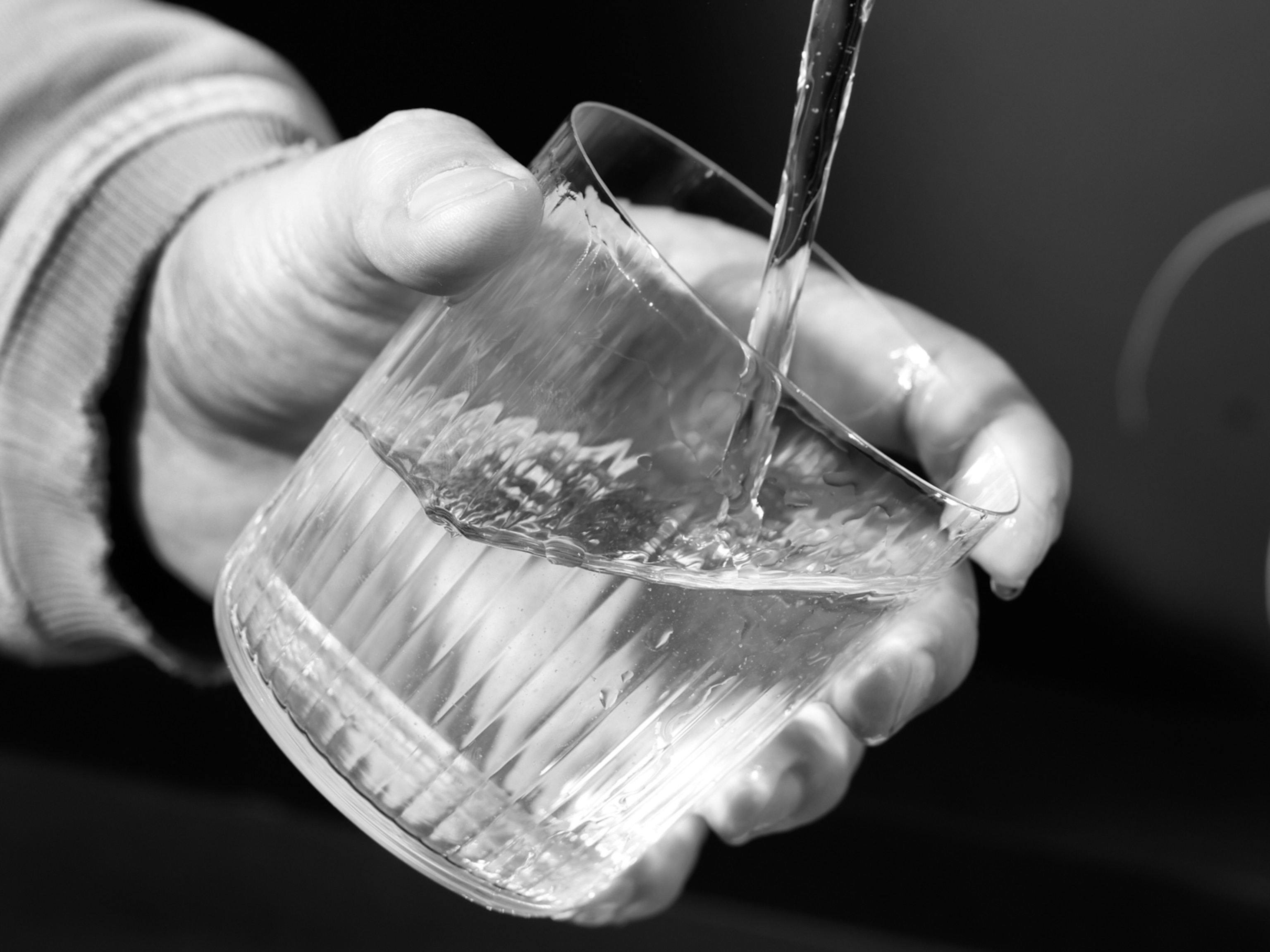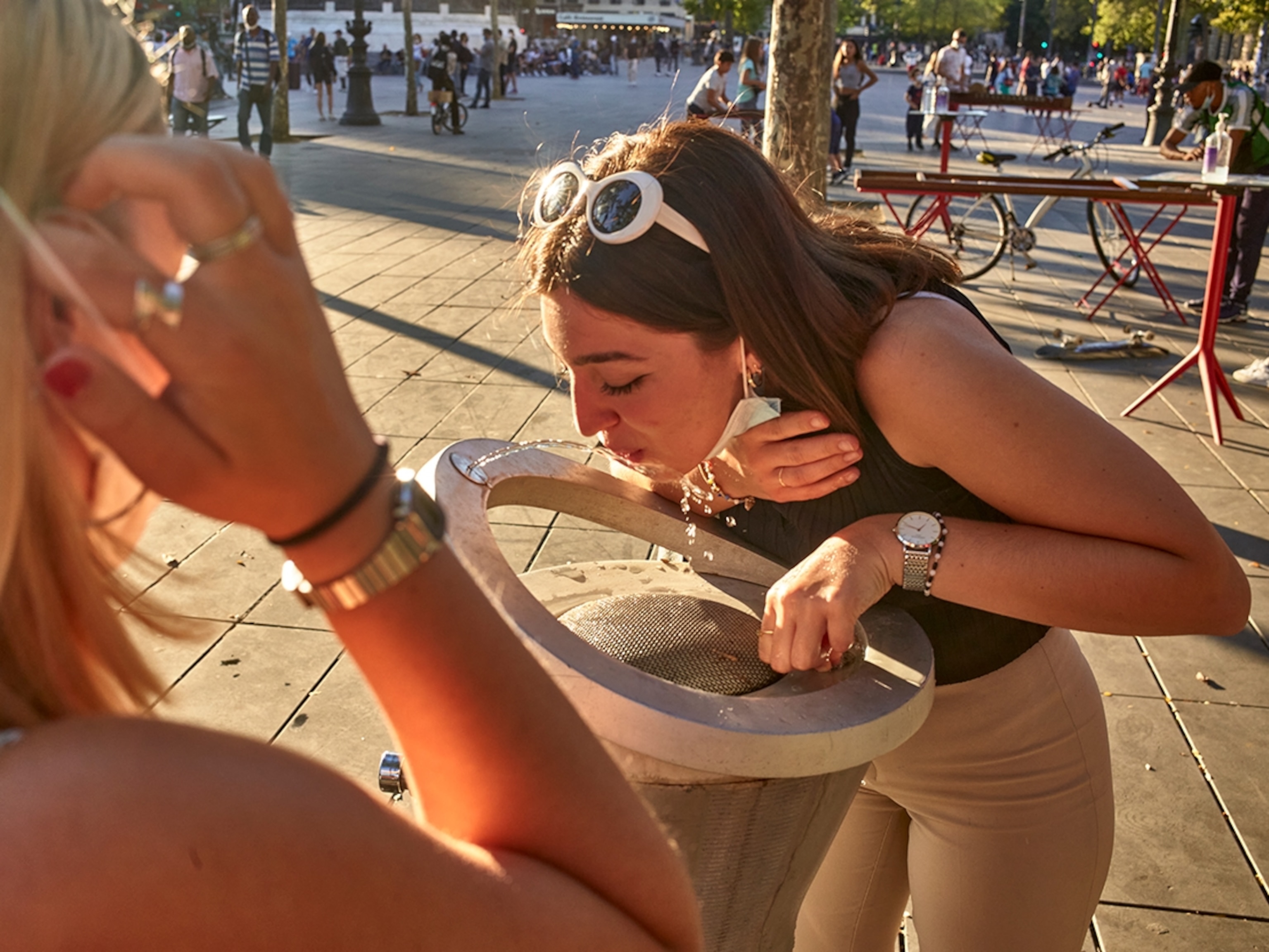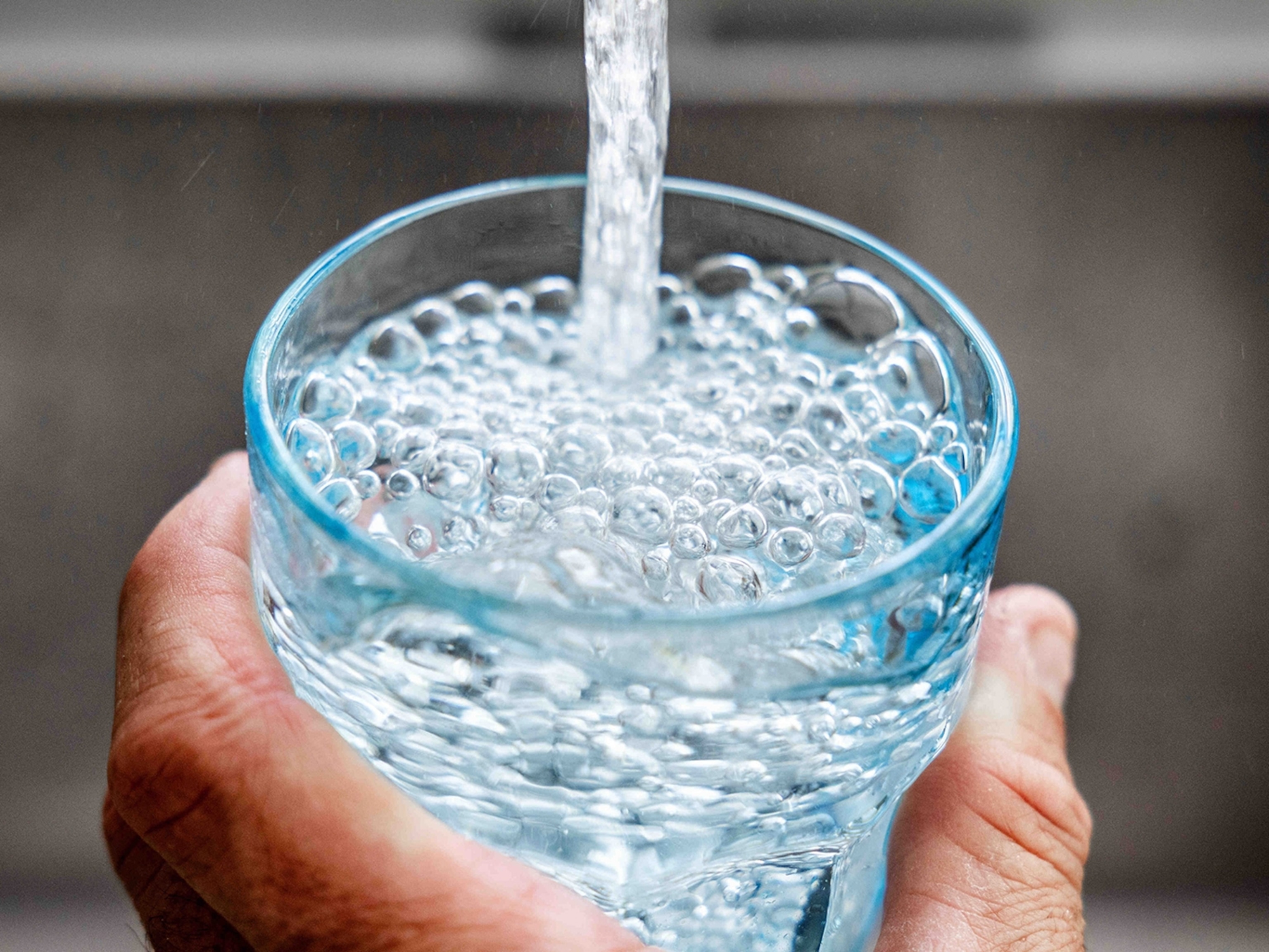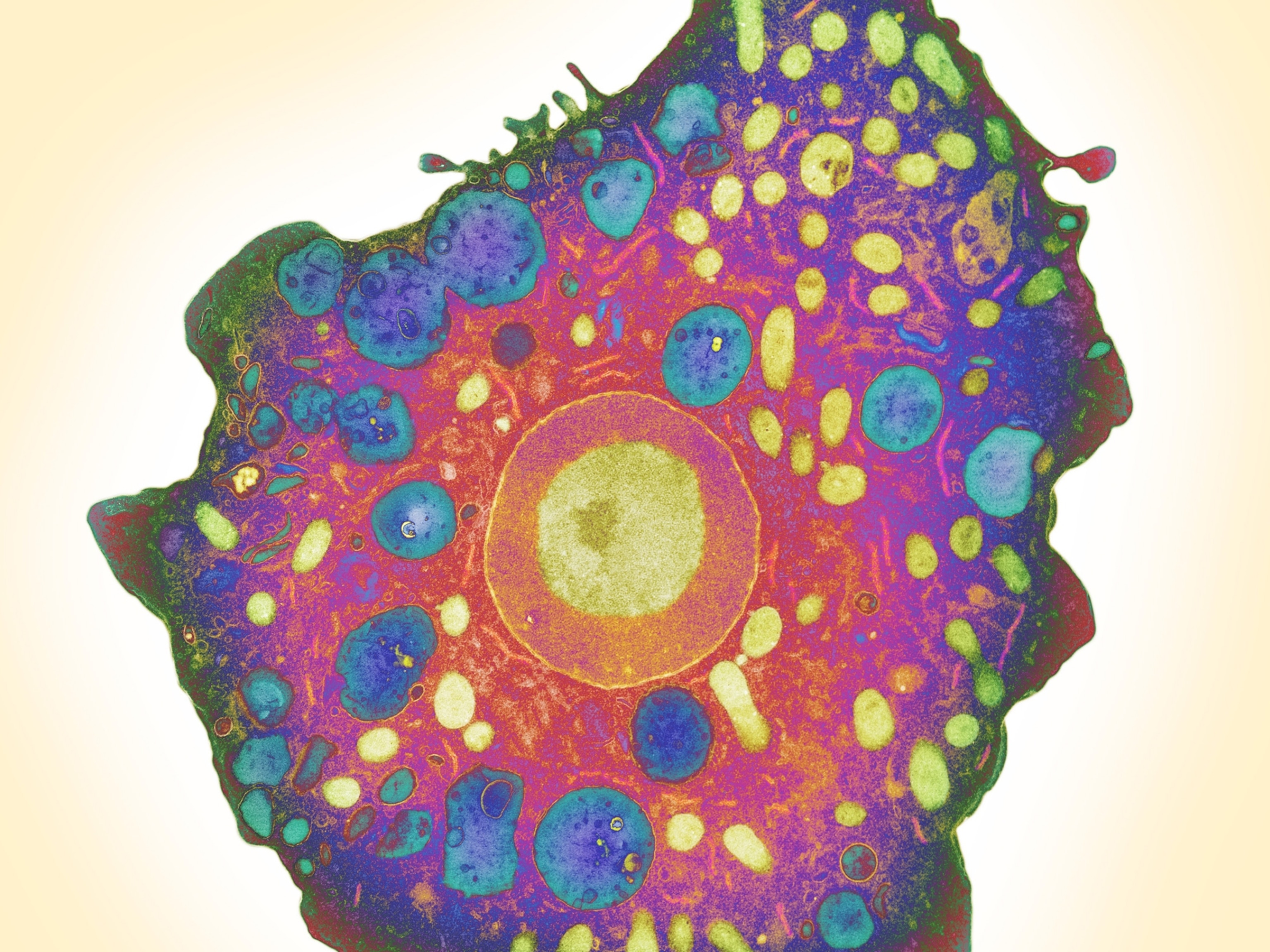Bottled Water Isn't Healthier Than Tap, Report Reveals
A bottle of spring or mineral water has become the lifestyle accessory of the health-conscious. No longer a luxury item, the beverage has become a common sight worldwide.
A bottle of spring or mineral water has become the lifestyle accessory of the health-conscious. No longer a luxury item, the beverage has become a common sight worldwide.
But according to campaigners, the planet's health may be suffering as a result.
A new report warns that people's thirst for bottled water is producing unnecessary garbage and consuming vast quantities of energy, even in areas where perfectly good drinking water is available on tap.
The report, released earlier this month by the Earth Policy Institute (EPI), says global consumption of bottled water doubled between 1999 and 2004, reaching 41 billion gallons (154 billion liters) annually.
Bottled water is often no healthier than tap water, but it can be 10,000 times more expensive, says Emily Arnold, a researcher with the Washington D.C.-based nonprofit.
"At as much as $2.50 [U.S.] per liter [$10 U.S. a gallon], bottled water costs more than gasoline," she said.
Most of this extra cost is driven by transportation and packaging.
"Nearly a quarter of all bottled water crosses national borders to reach consumers," Arnold said.
The report gives the example of one company in Helsinki, Finland, that in 2004 shipped 1.4 million bottles of Finnish tap water to Saudi Arabia—2,700 miles (4,300 kilometers) away.
Well-known French brands Evian and Volvic export between 50 and 60 percent of their water to destinations across the globe.
The report lists the U.S. as the world's biggest drinker of bottled water, consuming 7 billion gallons (26 billion liters) annually. Mexico has the second highest consumption, followed by China and Brazil.
Italians drink the most per person, equivalent to about two glasses a day.
For many developed nations, environmental groups challenge the notion that water is healthier from a bottle than a tap.
The Natural Resources Defense Council, which carried out a four-year review of the bottled water industry, concluded "there is no assurance that just because water comes out of a bottle, it is any cleaner or safer than water from the tap."
The New York City-based action group added that an estimated 25 percent of bottled water is "really just tap water in a bottle—sometimes further treated, sometimes not."
In Great Britain the Chartered Institution of Water and Environmental Management recently published a report questioning the quality, labeling, and environmental cost of bottled water.
"Branding and bottling of water where there already exists a wholesome and safe supply of … drinking water cannot be seen as a sustainable use of natural resources," said Nick Reeves, the institution's executive director.
He says the perception that the bottled product is purer than tap water is unfounded.
"For example," he said, "the high mineral content of some bottled waters makes them unsuitable for feeding babies and young children."
But the International Bottled Water Association (IBWA) says the product provides a convenient, healthy alternative to calorie-laden portable drinks or those containing caffeine and artificial additives.
The IBWA, based in Alexandria, Virginia, points out that bottled water is fully regulated by government agencies, such as the U.S. Food and Drug Administration, to be guaranteed safe to drink.
Meanwhile, in many developing countries, tap water is either unavailable or unsafe, making bottled water a better option.
Tons of Plastic
Even when bottled water is safer to drink, campaigners say that the packaging is threatening environmental health.
Worldwide some 2.7 million tons (2.4 million metric tons) of plastic are used to bottle water each year, according to EPI.
The plastic most commonly used is polyethylene terepthalate (PET), which is derived from crude oil.
"Making bottles to meet Americans' demand for bottled water requires more than 1.5 million barrels of oil annually, enough to fuel some 100,000 U.S. cars for a year," EPI's Arnold said.
About 86 percent of plastic water bottles in the U.S. become garbage or litter, according to the Container Recycling Institute in Washington, D.C.
Plastic debris in the environment can take between 400 and 1,000 years to degrade.
To help alleviate environmental harm from PET, some companies are adopting a more eco-friendly bottling alternative.
For example, Colorado-based BIOTA bottles its spring water in a container made from a biodegradable plastic called polylactic acid (PLA), which is derived from corn.
The bottling company says, given the right composting conditions, the container will disappear in 75 to 80 days.

